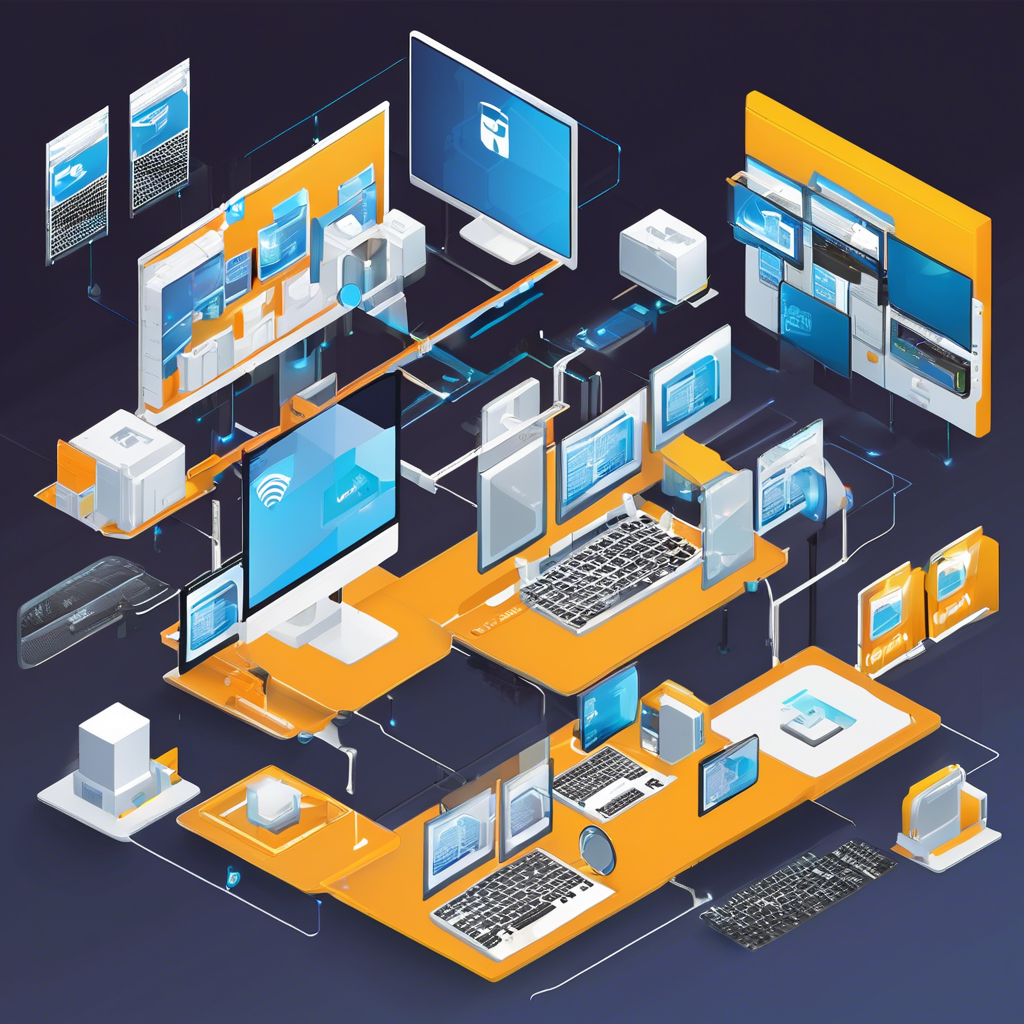Virtual desktop infrastructure (VDI) is a technology that allows users to access a virtualized desktop environment hosted on a remote server. This means that instead of running applications and storing data on a local device like a personal computer, users can access their desktop environment from any device with an internet connection. VDI offers many benefits, such as increased flexibility, security, and cost savings for organizations.
One of the key advantages of VDI is its flexibility. Users can access their virtual desktop from anywhere, at any time, using a variety of devices, including laptops, tablets, and smartphones. This flexibility allows employees to work remotely, increasing productivity and work-life balance. Additionally, VDI makes it easier for organizations to support a bring-your-own-device (BYOD) policy, as employees can access their work desktop from their personal devices.
Security is another major benefit of VDI. By storing data and applications on centralized servers, organizations can more easily secure sensitive information and prevent data loss. VDI also allows for easier data backup and recovery, reducing the risk of data loss in the event of a hardware failure or cyber attack. Additionally, VDI can help organizations comply with industry regulations and data protection laws by providing a more secure environment for data storage and access.
Cost savings are also a significant advantage of VDI. By centralizing desktop management and reducing the need for individual devices to have high processing power, organizations can save on hardware and maintenance costs. VDI can also extend the lifespan of existing hardware, as the virtual desktop environment places less strain on local devices. Furthermore, VDI can lead to energy savings, as centralized servers are more energy-efficient than individual desktop computers.
Implementing VDI requires careful planning and consideration of various factors. Organizations must assess their current IT infrastructure, network capabilities, and user requirements before deploying a virtual desktop solution. They must also consider factors such as scalability, security measures, and user training to ensure a successful VDI implementation.
When deploying VDI, organizations can choose between on-premises, cloud-based, or hybrid solutions. On-premises VDI involves hosting virtual desktops on servers located within the organization’s data center, providing greater control over security and customization. Cloud-based VDI, on the other hand, involves hosting virtual desktops on cloud servers managed by a third-party provider, offering scalability and flexibility. Hybrid VDI solutions combine on-premises and cloud-based infrastructure to provide a balance of control and scalability.
User experience is a crucial aspect of VDI implementation. Organizations must ensure that virtual desktops are responsive, reliable, and easy to use to promote user adoption and productivity. Factors such as network latency, bandwidth availability, and device compatibility can impact the user experience and must be carefully considered during VDI deployment.
Security is a top priority in VDI implementation. Organizations must implement strong authentication measures, encryption protocols, and access controls to protect data and prevent unauthorized access. Regular security audits and updates are essential to ensure that the VDI environment remains secure against evolving cyber threats.
Monitoring and management tools are essential for maintaining a healthy VDI environment. Organizations must use monitoring tools to track performance metrics, identify potential issues, and optimize resource allocation. Management tools can help IT administrators streamline tasks such as provisioning virtual desktops, applying updates, and troubleshooting user issues.
Training and support for end-users are critical for successful VDI adoption. Organizations must provide comprehensive training to help users familiarize themselves with the virtual desktop environment and its features. IT support teams must be equipped to address user inquiries, troubleshoot technical issues, and provide timely assistance to ensure a smooth VDI experience for all users.
In conclusion, virtual desktop infrastructure offers organizations a flexible, secure, and cost-effective solution for desktop computing. By centralizing desktop management, enhancing security, and improving user flexibility, VDI can help organizations streamline IT operations, boost productivity, and reduce costs. However, successful VDI implementation requires careful planning, consideration of key factors, and ongoing support to ensure a seamless user experience and maximum benefits for the organization.
